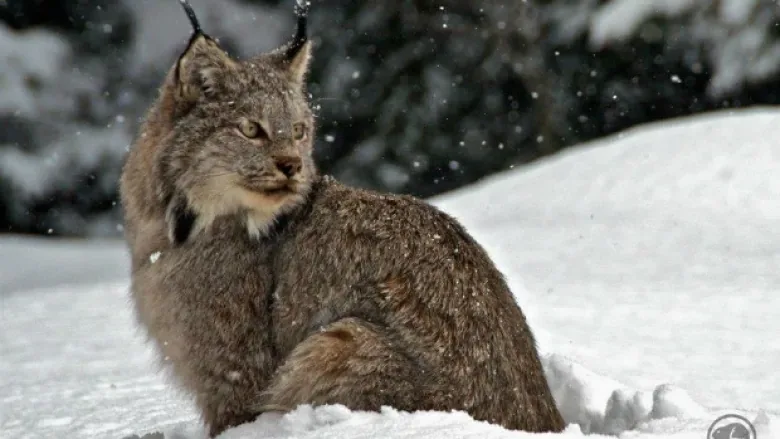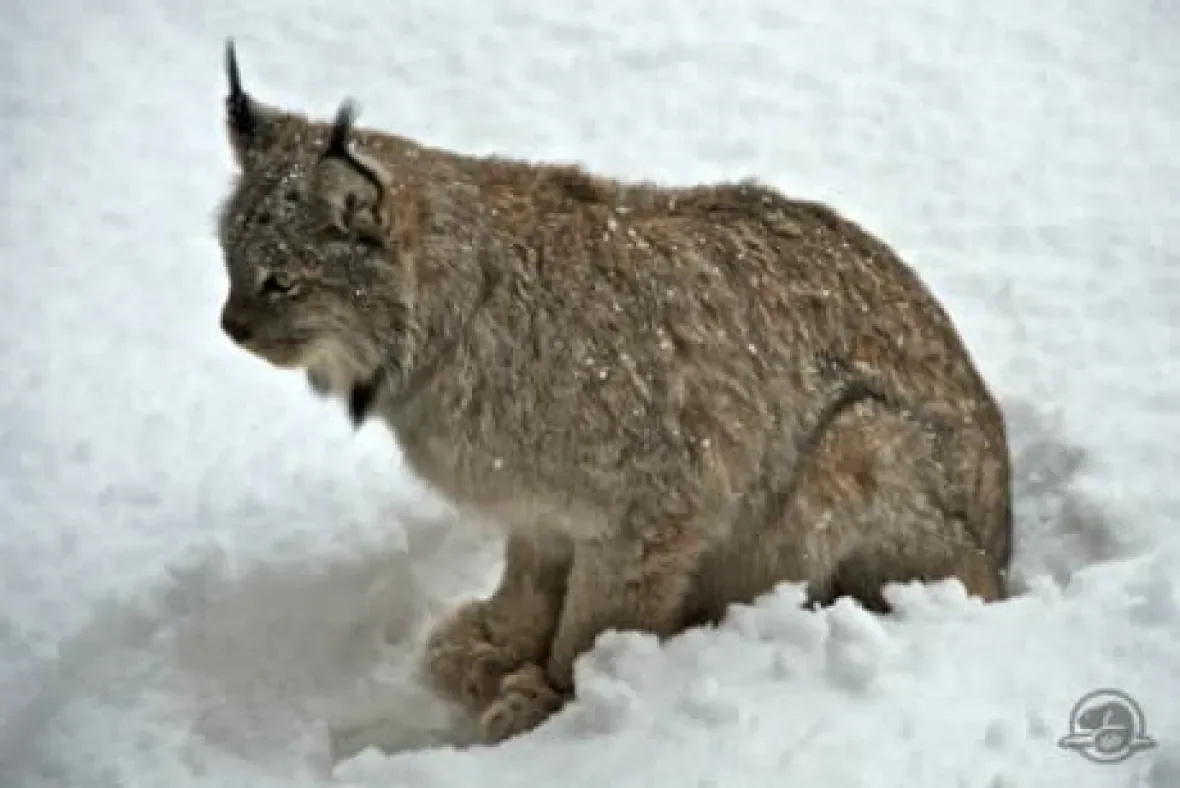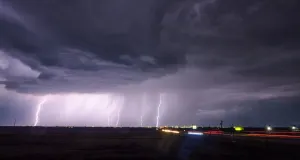
Canada lynx no longer considered endangered in New Brunswick
The Canada lynx, almost extinct in New Brunswick at one time, has moved from the endangered list to become a species of concern, according to the New Brunswick Species at Risk Act.
The government also made changes to the act recently to better reflect the type of wolves once found in the province.
Canada lynx, however, have rebounded and spread out in recent years, although biologists are unsure why.
SEE ALSO: Mammal 'selfies' show protected areas thriving with species diversity
"It used to be fairly abundant," said Graham Forbes, a wildlife ecologist professor at the University of New Brunswick who has spent time researching the species.
Over-trapping in the 1900s nearly wiped out lynx in New Brunswick.
"There were bounties on them, for example," said Forbes, who helped with the decision to move the species off the endangered list.

The population could grow beyond the need to give it protected status, but Forbes says caution is still needed.
He said it's extremely difficult to get an accurate population estimate, but it's likely there are still fewer than 1,000 Canada lynx in New Brunswick.
The cats have been protected by the Species at Risk Act since the 1970s.
But even though they cannot be legally hunted in New Brunswick, they do end up in traps and snares meant for coyotes or bobcats. Those carcasses must be handed over to the province, and a lot of the data on the lynx population stems from that, Forbes said.
"So the government has collected a data set on lynx in the last 20 years, and it shows that the population has increased and spread out from where it had been, mainly in the Edmundston area," said Forbes.
Forbes said evidence warranted a change in the cat's status based on the Canada-wide criteria for species at risk.

Wildlife ecology professor at UNB, Graham Forbes, says the population of Canada lynx appears to be on the upswing in the province. (Shane Fowler, CBC)
"The feeling was that they've improved to the point where they're not endangered, but there is still a concern because the population is still rather low and there are still some threats against it," said Forbes.
"There's still enough issues around that species that we do not want to completely remove it from the list and say it isn't under threat."
The new classification still keeps them from being hunted or targeted by trappers, he said.
The population could grow beyond the need to give it protected status, but lynx need deep snow to thrive, Forbes said.
"When deep snow disappears, bobcats can move in and they outcompete the lynx for food and also physically they're quite large," said Forbes. "So that's a general concern as New Brunswick is right on the boundary between bobcat to the south and lynx to the north. We're kind of right in the middle."
New Brunswick wolves
In the 100 years since wolves roamed New Brunswick, scientists have debated if they were grey wolves or eastern wolves.
There are now skulls or pelts to provide DNA for scientists to study, Forbes said, and the province has been persuaded to replace the grey wolf on its list of locally extinct species with the eastern wolf.

New Brunswick changed its Species at Risk Act to include the eastern wolf, like this one photographed at Algonquin Park in Ontario. (Derek Meier)
"We believe that the canid that was present here is something called the eastern wolf, which is the species that was thought to occur, sort of from Ontario, upper New York over towards the Maritimes."
Across Canada, the eastern wolf is considered a threatened species, and still is found in parts of Ontario and Quebec. But in New Brunswick it is classified as extirpated, or locally extinct.
Forbes said they were driven out by over-hunting and bounties the province placed on the animals to reduce their numbers.
Instead, eastern coyotes, a wolf-coyote hybrid, now roam New Brunswick, and only one wolf has been recorded in 100 years.
How to classify a species
The changes in classification for the wolf and lynx were recommended by a committee of biologists and ecologists. They applied a standard used across Canada to determine which New Brunswick animals are endangered, extinct, or at risk of becoming endangered.
"We have a set of criteria we apply arms-length, objectively. We try to make sure it's based on data," said Forbes, who is one of the voting members of the New Brunswick Committee on the Status of Species at Risk, or COSSAR.
Three provincial officials help but no one from government has a say on how a species is classified.
WATCH: Evidence shows Canadian conservation efforts are paying off
"Nobody from government votes," said Chris Norfolk, the director of the province's forest planning and stewardship branch and chair of the New Brunswick committee.
Forbes said the committee reviews biological studies, observations, and quantitative criteria on populations from researchers, scientists and data sets. They then pass their recommended designations on to the minister of natural resources, who can accept them or ask for more information.
What do changes mean in practical sense?
For wolves in New Brunswick, the change in the listing means nothing in terms of conservation.
"There haven't been a self-sustaining population of wolves in New Brunswick for many, many, many decades, so really this was just an example where the science committee felt it was appropriate to change the description of the species to reflect some new evidence."
For the Canada lynx, the change will require crafting a provincial management plan for the species.
"A management plan primarily is going to deal with some of the ongoing threats to the species and how those threats would be managed over time," said Norfolk.
WATCH: Did brains or brawn lead mammals to rule the Earth?
Thumbnail courtesy of Alex Taylor/Parks Canada.
The article, written by Shane Fowler, was originally published for CBC News.









